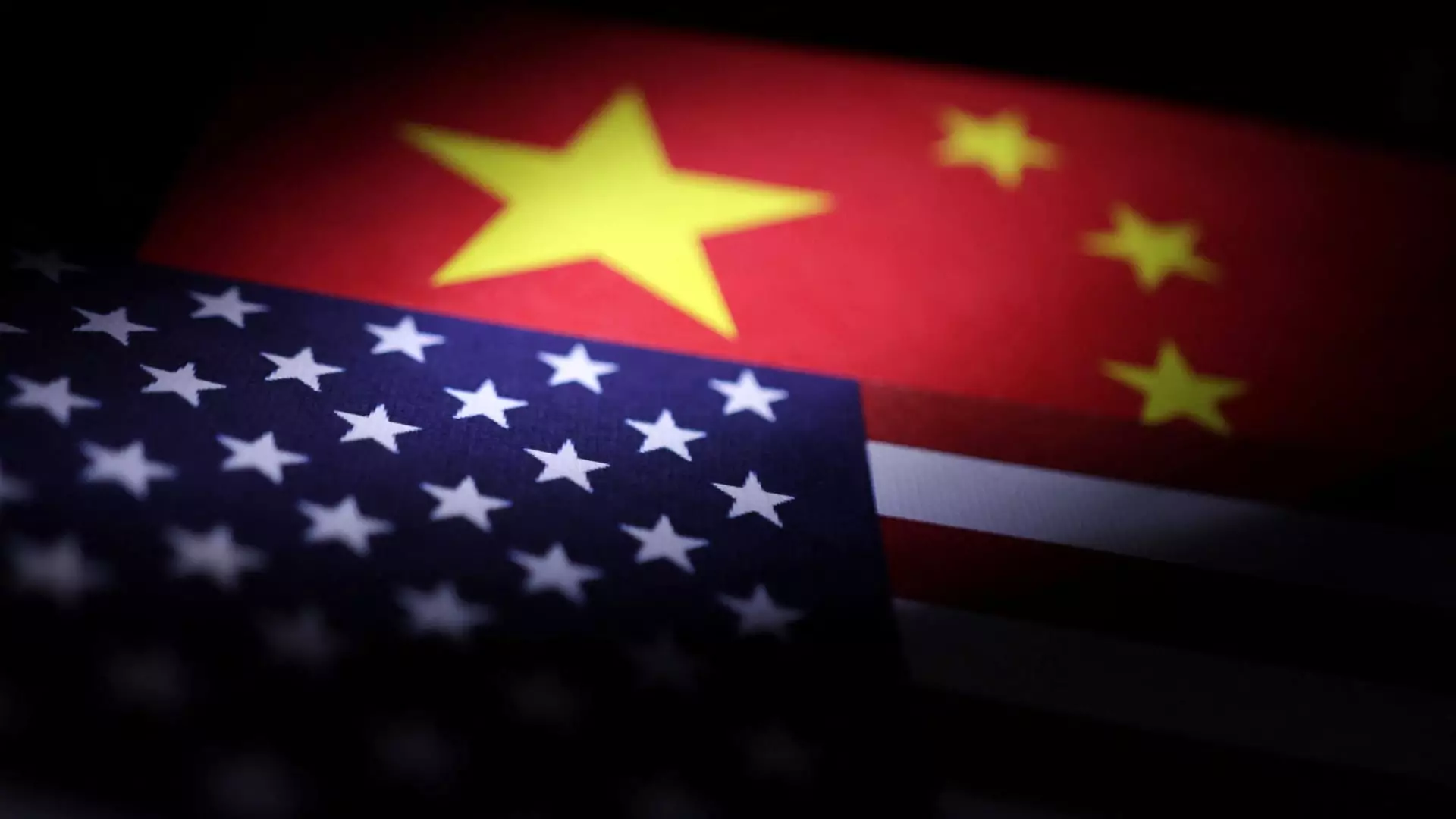The trade conflict between the United States and China has escalated dramatically, with both nations grappling for supremacy in international commerce. Recently, China issued a stark warning to countries engaging in collaboration with the U.S. that dovetails with its own interests—indicating a readiness to retaliate against nations perceived as undermining Beijing’s economic position. This situation exemplifies the broader implications of the ongoing trade war, with a ripple effect that could engulf various other economies beyond just the two heavyweight players.
The U.S. Strategy: Coercion through Tariffs
The American administration, under President Donald Trump, appears to be strategically leveraging tariff negotiations to coerce its allies into restricting economic dealings with China. By postponing significant tariff hikes for 90 days while simultaneously increasing duties on Chinese imports by a staggering 145%, the U.S. is deploying a mix of aggressive tactics designed to isolate its rival economically. This dual strategy of negotiation and pressure reflects an assertive approach that some analysts interpret as an attempt to realign global trade in America’s favor.
China’s Response: Bold Countermeasures Ahead
In response to what it deems U.S. “bullying,” the Chinese Ministry of Commerce has firmly articulated its stance: any agreement reached that undermines Chinese interests will not be tolerated. By issuing a declaration emphasizing the need for equitable treatment in global trade, China attempts to position itself not just as a reactive player but as a proactive force championing international fairness. The Ministry’s remarks underscore a worldview sharply critical of unilateral American actions, which it perceives as detrimental to the existing global order.
Regional Dynamics: Shifting Trade Patterns
The trade tensions between the U.S. and China are not just affecting bilateral relations; they are reshaping the economic landscape across Southeast Asia. Over the past year, China’s trade links with these nations have deepened significantly, now making Southeast Asia its largest trading partner in regional terms. The shift underscores a strategic pivot that allows China to diminish its reliance on the U.S. market while reinforcing regional alliances. This trend reveals a calculated approach to fortify China’s economic partnerships as a counterbalance to U.S. pressures.
Leadership Changes: A Renewed Focus on Trade
Amidst these turbulent times, China has seen organizational changes within its trade negotiation team, appointing Li Chenggang as the new top international trade negotiator. His elevation in rank signifies a strategic recalibration designed to fortify China’s position in ongoing and future negotiations, particularly in forums like the World Trade Organization (WTO). With the backdrop of a recent lawsuit filed against the U.S. at the WTO over tariff disputes, this leadership change may indicate Beijing’s intent to adopt a more robust approach in defending its trade interests on the global stage.
The ramifications of the U.S.-China trade war extend far beyond immediate economic impacts, drawing in global actors and redefining regional alliances. As China stands resolute against perceived infringements, the international community will watch closely to see how this conflict continues to unfold.

